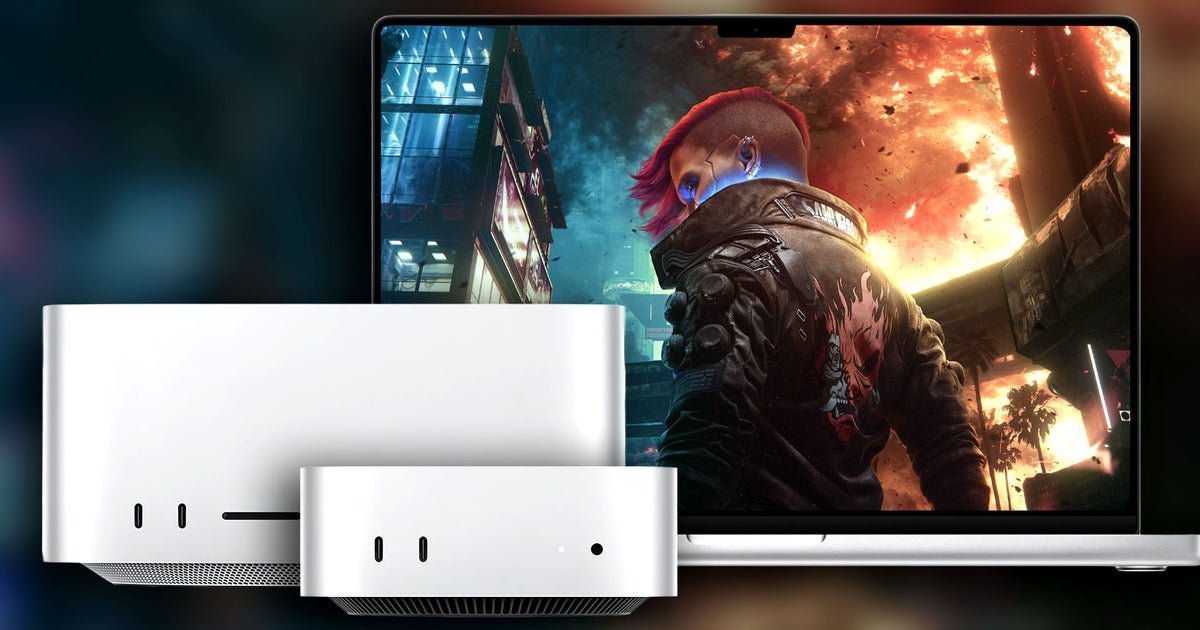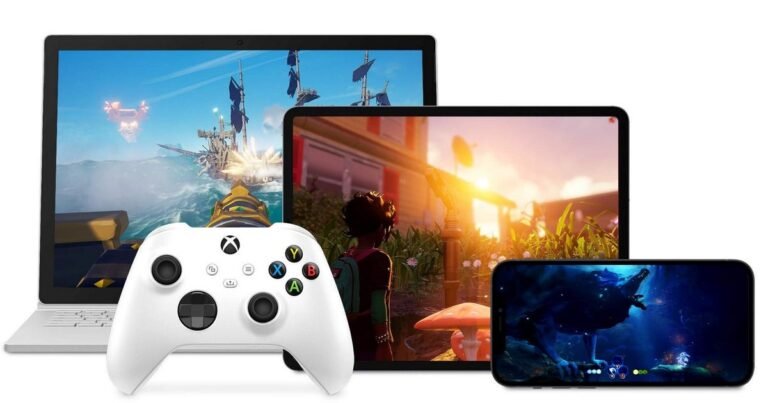
Cyberpunk 2077: Performance and Stability on Mac
Evaluating Performance
Thanks to Apple for providing the hardware used in this article. The game Cyberpunk 2077 is now available for Mac, allowing players to explore the epic sci-fi RPG. We tested the game on different models of modern Mac hardware provided by Apple to assess its performance and stability.
When starting the game, we observed a quick shader compilation, but throughout gameplay, shader compilation is limited, avoiding stuttering issues. The game supports Mac M-series chips with a minimum of 16 GB of RAM, excluding machines with 8 GB or Intel base. We tested the game on three machines: low-end Mac Mini M4, MacBook Pro M4 Max, and Mac Studio M3 Ultra at maximum settings.
Analysis of MetalFX
Apple’s MetalFX temporal upscaler is essential for the game’s visual quality, offering a wide range of resolution scaling, blending well with AMD’s FSR and Nvidia’s DLSS presets. Compared to the presets, MetalFX significantly improves performance, providing satisfactory visual results at higher resolutions.
The image quality of MetalFX is comparable to Nvidia’s DLSS, producing a stable and smooth image. Although it may have flickering issues in slow passages, MetalFX proves competitive with PC ML-based upscaling. With a dynamic resolution range of 720p to 1152p on native 1440p, MetalFX offers satisfactory visual results, especially at higher resolutions.
Unfortunately, this is not quite true when it comes to game lighting with path tracing. RT Overdrive tends to be quite confusing when using MetalFX on the MacBook, while DLSS 4 Ray Reconstruction manages to effectively clean up the image. The smeared and flickering reflections on the atrium floor in this image reflect the disadvantage of Macs without an alternative to Ray Reconstruction. The image quality with RR is not perfect, but it is far from the super-resolution solutions that we would otherwise use.
Apple is preparing to debut the machine learning-based upscaling of MetalFX on macOS 26 later this year, replacing manually adjusted denoisers with a machine learning-based denoising pass. It is expected to produce a more visually competitive result compared to products like DLSS Ray Reconstruction, with which it shares a number of common inputs.
Despite its name, the M3 Ultra was actually introduced after the M4 Max and consists of two M3 Max chips connected via a silicon interposer. Apple has indicated that there may not be an Ultra chip for the M4 generation, so this will likely be the fastest Apple chip available for some time. Adding the Mac Mini to the mix, we are recording a level of performance that is very good for an iGPU, but is a small fraction of the performance of larger chips. The Mac Mini has about a quarter of the GPU resources of the M4 Max and reaches about a quarter of its frame rate in these tests.
The Battle with RTX 4060
The closest rival to the MacBook Pro M4 Max in this game is probably the RTX 4060, which competes with it in our Ultra rasterization benchmark only, although it should be noted that the MacBook Pro is running on a small fraction of the RTX 4060’s 115W TDP. These PC settings seem to match those of the Mac, so these tests should be similar. However, when we turn on ray tracing, the M4 Max starts to lag slightly behind the RTX 4060. It’s not a huge deficit, but it’s noticeable.
Performance Comparison and Conclusion
The Mac Mini proves to be a bit more complex. Compared to a relatively weak modern discrete GPU, the AMD RX 6600, it falls significantly behind. The difference between the cards is actually a bit larger with ray tracing, which may suggest a persistent MacOS deficit here, given the relative weakness of RNDA 2’s RT acceleration. However, compared to something like a Steam Deck – which has integrated graphics and is more in line with the power consumption of an M4 chip – the M4 achieves a superior result with a 47% better performance in our rasterization benchmarks. The benchmark reference point is crucial in this case, but compared to most integrated graphics solutions for PC, I suspect the M4 performs quite well.



